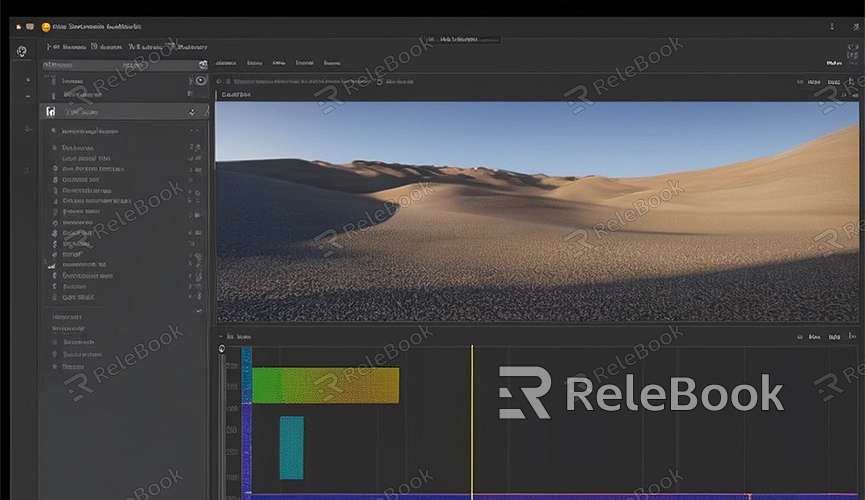How to Hide Plane Array Edges During Render in Blender
When working with 3D modeling and rendering in Blender, plane arrays are often used to quickly create complex scenes or objects. However, during rendering, the edges of plane arrays can appear prominent, affecting the final render quality. This article will detail how to hide plane array edges in Blender to achieve better rendering results.
Creating and Setting up Plane Arrays
First, open Blender and create a new plane. Select the plane, then press Shift + D to duplicate it and constrain its movement direction by pressing Z, creating a vertical array. Alternatively, you can use the Array Modifier to create more complex arrays. In the Array Modifier, set the number of duplicates and the offset to achieve the desired array effect.
Using Occluders
To hide the edges of the plane array, you can use occluders. Occluders are objects that are not visible during rendering but can be used to block other objects. Create an occluder object that matches the size of the plane array edges and position it accordingly. In the object properties panel, check the "Occluder" option. This will prevent the occluder object from appearing in the render, effectively blocking the edges of the plane array.
Adjusting Camera View
Adjusting the camera's view can also prevent the edges of the plane array from appearing in the render. Select the camera, then move and rotate it in the camera view to focus only on the part of the scene you want to render, excluding the plane array edges. This helps in effectively hiding the unwanted edge portions.

Using Materials and Textures
Apply appropriate materials and textures to the plane array to make the edges less noticeable. In the material panel, create a new material and add a texture to it. Choose a texture that matches the overall style of the scene and apply it to the surface of the plane array. Additionally, use gradient or transparency settings to gradually fade out the edges, achieving a hidden edge effect.
Render Settings
Before final rendering, check the render settings to ensure the plane array edges are not overly prominent. In the render panel, adjust lighting, shadows, and reflection settings to fit the scene's overall style. Additionally, use anti-aliasing to reduce jagged edges, making the render smoother and more natural.
Practical Example
Suppose you're creating a floor array composed of multiple planes in Blender, and you don't want to see the edges of these planes in the render output. Here’s how you can proceed:

1. Create an occluder object that matches the size of the floor array edges and place it at the edges of the array.
2. Check the "Occluder" option in the object properties panel.
3. Adjust the camera view to focus only on the central part of the floor, excluding the edges.
4. Apply suitable materials and textures to the floor array to gradually fade out the edge portions.
5. Check render settings to ensure lighting, shadows, and reflections adapt well to the scene's style.
By combining occluders, camera view adjustments, material and texture settings, and appropriate render settings, you can effectively hide the edges of plane arrays in Blender and achieve a more visually appealing rendering result.
If you need high-quality 3D textures, HDRI, or downloadable 3D models for your modeling and virtual scene creation, you can download them from Relebook and directly import textures and 3D models into your projects.
By following these methods, you'll be able to better hide the edges of plane arrays in Blender and improve overall rendering quality.

